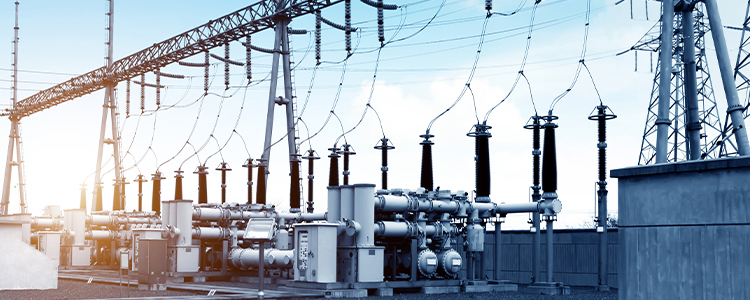Dry-type transformers: why choose dry-type transformers instead of oil-immersed transformers
Transformers are an essential part of electrical systems because they convert voltage from one level to another for efficient power transmission and distribution. Therefore, selecting the correct type of transformer is critical to ensuring reliable, safe and cost-effective operation of electrical systems. Dry-type transformers are increasingly becoming a popular choice over oil-filled transformers, and for good reason.
What is a dry-type transformer?
Dry-type transformers, also known as dry-type transformers, are designed to be self-cooling by natural convection or forced air cooling. They do not use oil as a coolant or insulation medium, which makes them safer and more environmentally friendly. Instead, they rely on resin insulation materials that are flame-retardant and have excellent thermal properties. Dry-type transformers are ideal for indoor applications such as hospitals, schools, data centers and commercial buildings where safety, reliability and low maintenance are critical.
Why choose a dry-type transformer?
1. Safety: Safety is the top priority of any electrical installation. Dry-type transformers eliminate the risk of oil spills or explosions that can cause serious property damage and personal injury. Dry-type transformers do not contain harmful substances such as PCBs and are fire-resistant, making them safe to use even in high-fire-risk areas.
2. Environmental protection: As the world moves towards more sustainable energy solutions, it is crucial to choose an environmentally friendly transformer. Dry-type transformers are oil-free, eliminating the risk of oil leaks or leaks, thereby reducing environmental impact. Additionally, dry-type transformers last longer than oil-filled transformers, which means fewer transformers go to landfill and less waste.
3. Less maintenance: The maintenance of dry-type transformers is small, which has significant advantages in cost and time. Unlike oil-filled transformers, which require monitoring, topping-up and oil changes, dry-type transformers require little attention. In fact, some dry-type transformers have a maintenance-free design, further reducing life-cycle costs.
4. Flexibility: Dry-type transformers are available in a variety of sizes and ratings for a wide range of applications. They can be customized to meet specific requirements, such as altitude or ambient temperature, making them ideal for challenging environments.
5. Energy efficiency: Dry-type transformers are more efficient than oil-immersed transformers, which means lower energy loss and operating costs. This is especially true in areas where electricity prices are high and energy efficiency is a priority.
In summary
Compared to oil-filled transformers, dry-type transformers offer significant advantages in terms of safety, environmental impact, low maintenance, flexibility and energy efficiency. As a result, they are gaining popularity in a wide range of applications, from hospitals to data centers, where safety, reliability and cost-effective operation are critical. Dry-type transformers are an excellent choice if you are looking for a transformer that combines safety, reliability and energy efficiency.
Post time: Mar-20-2023












